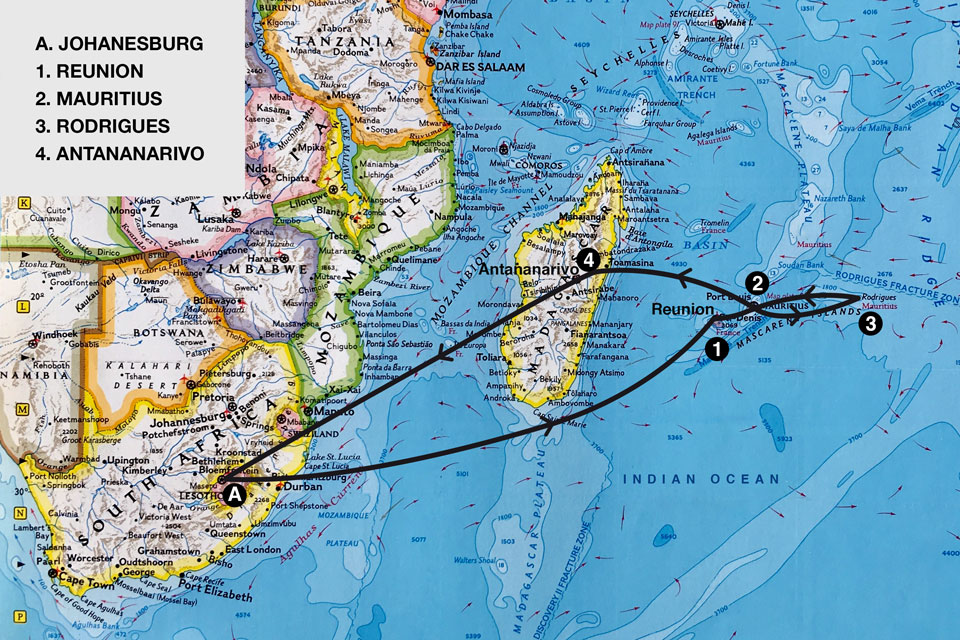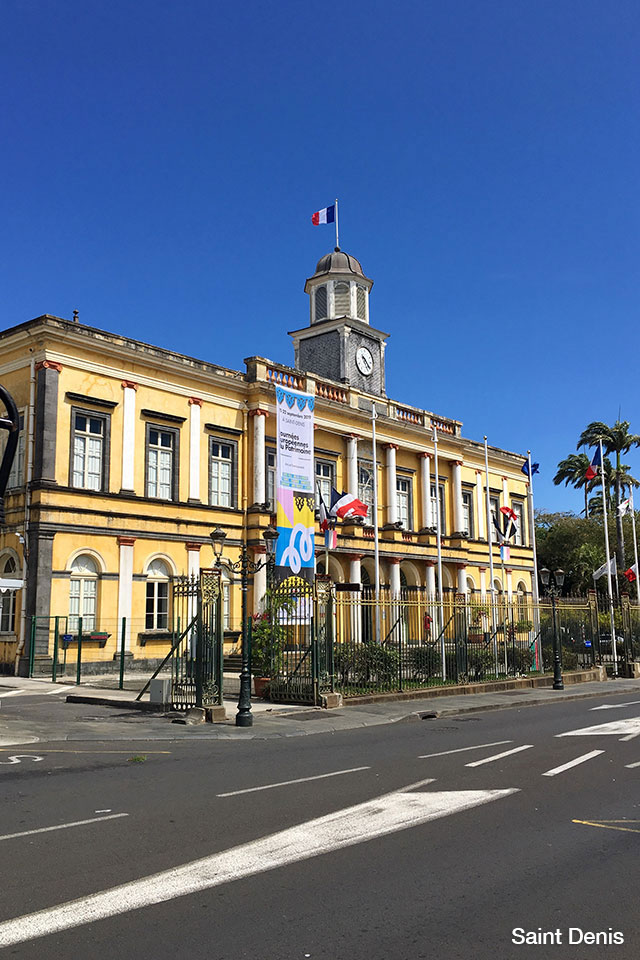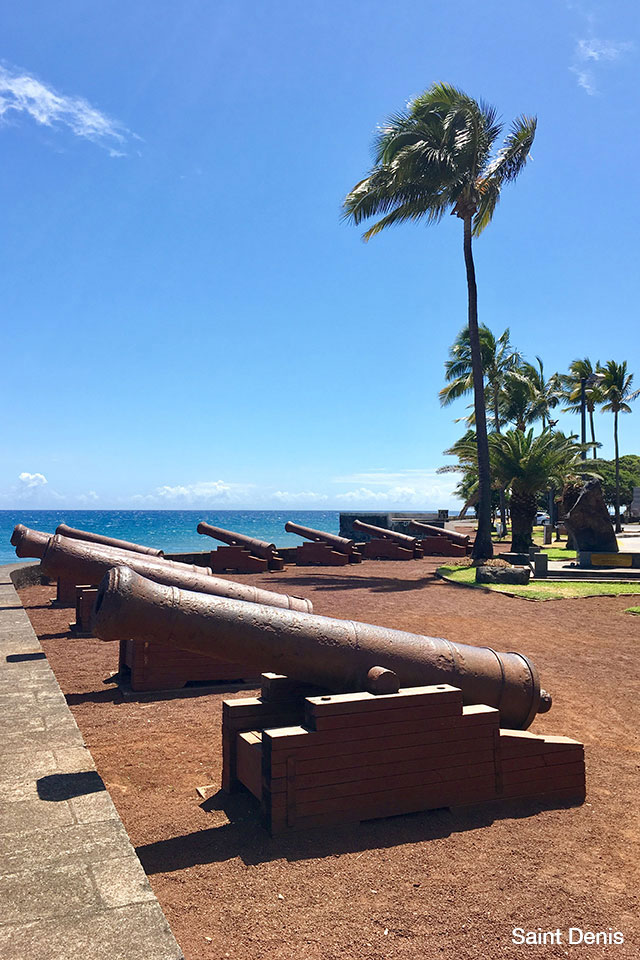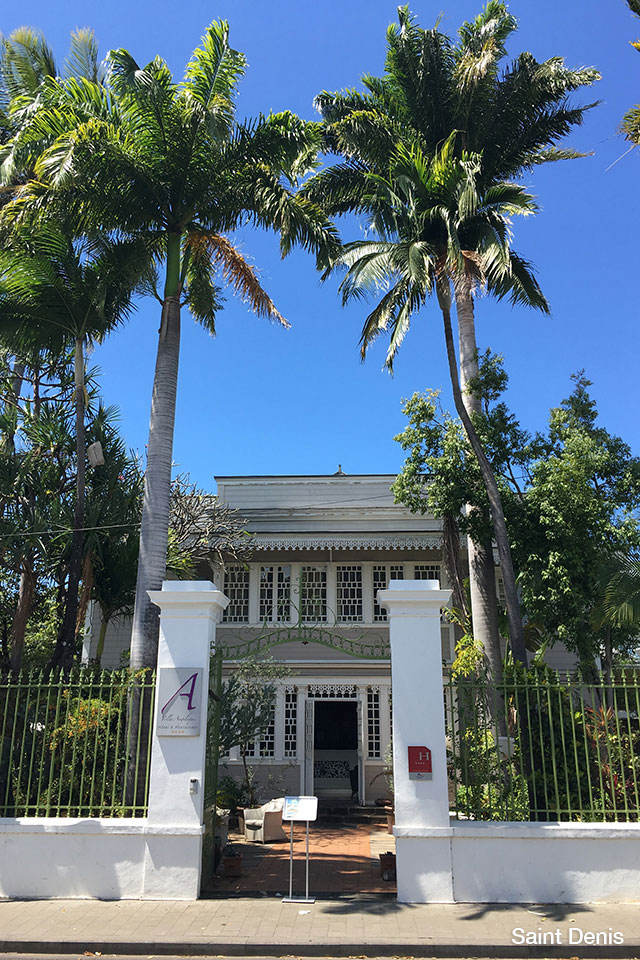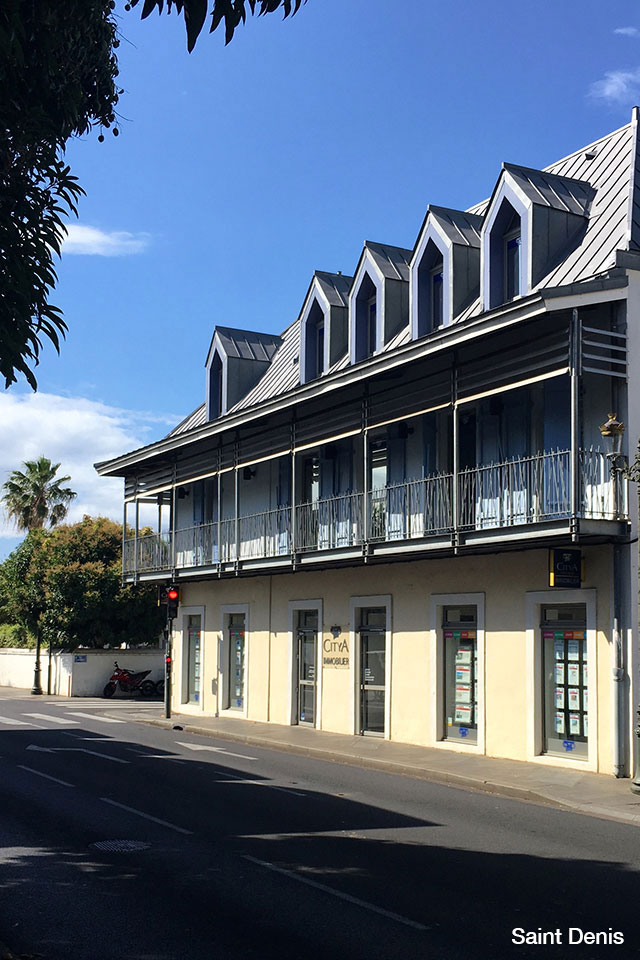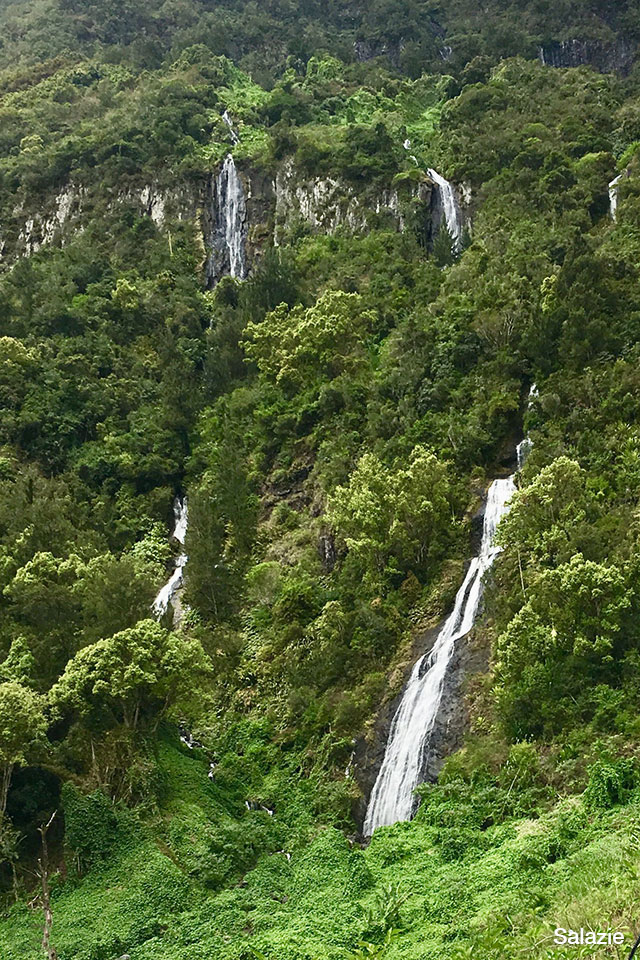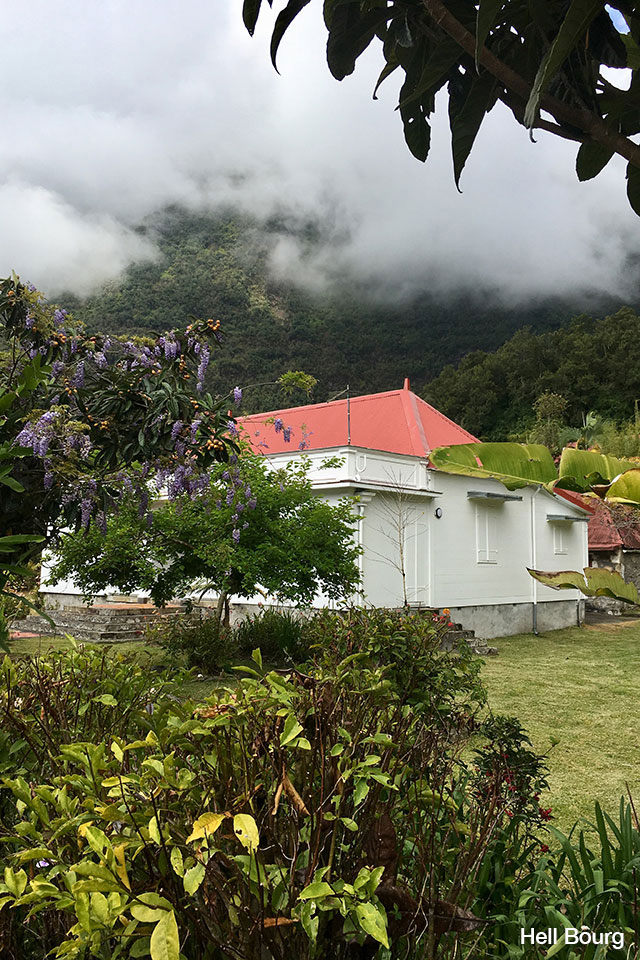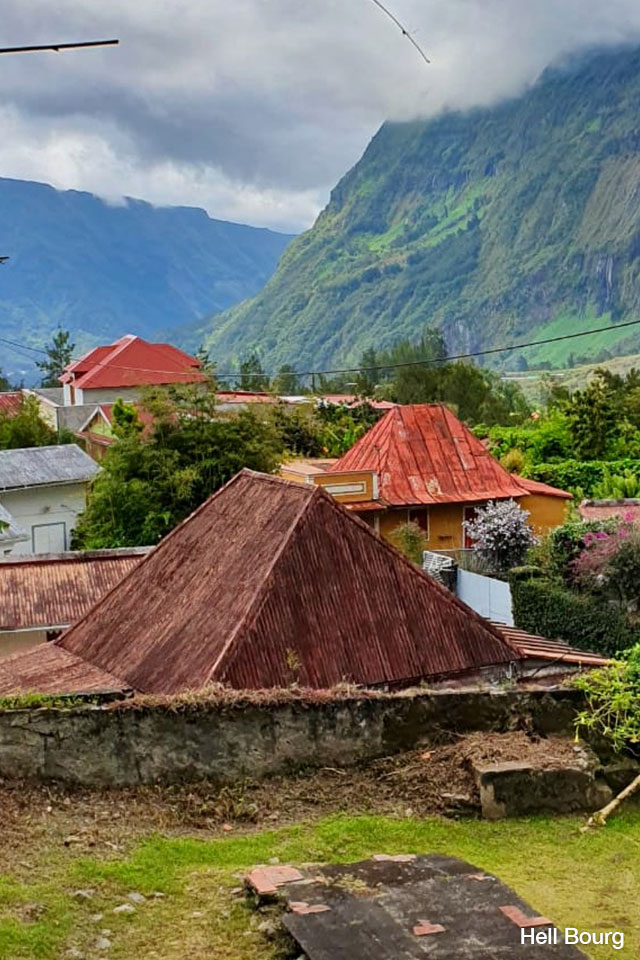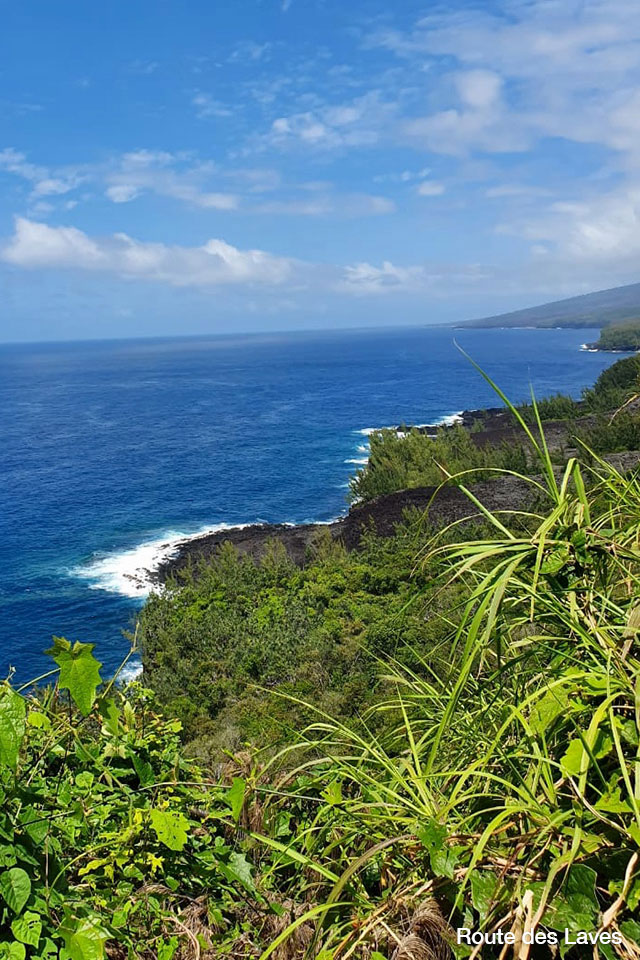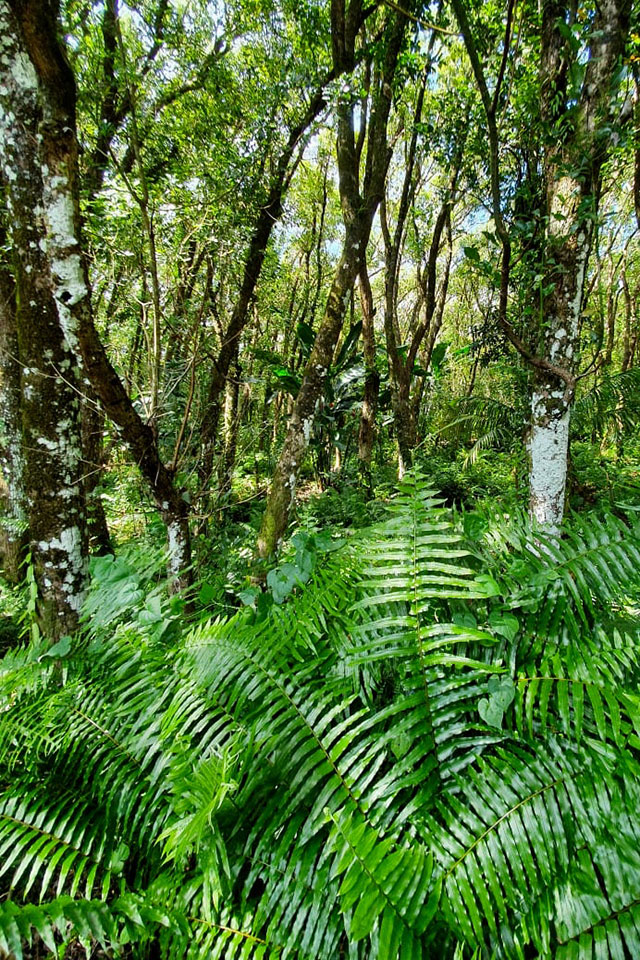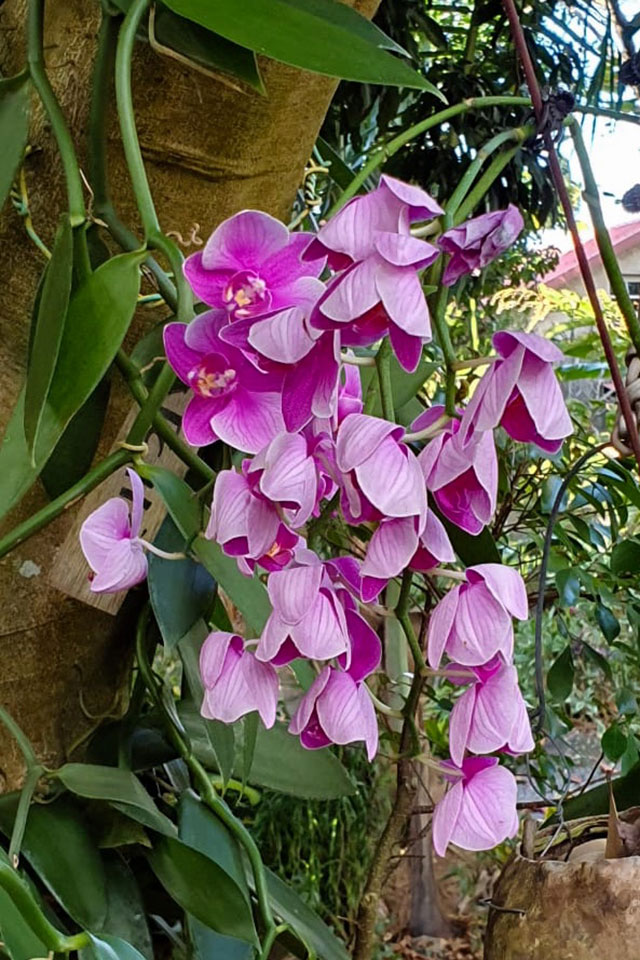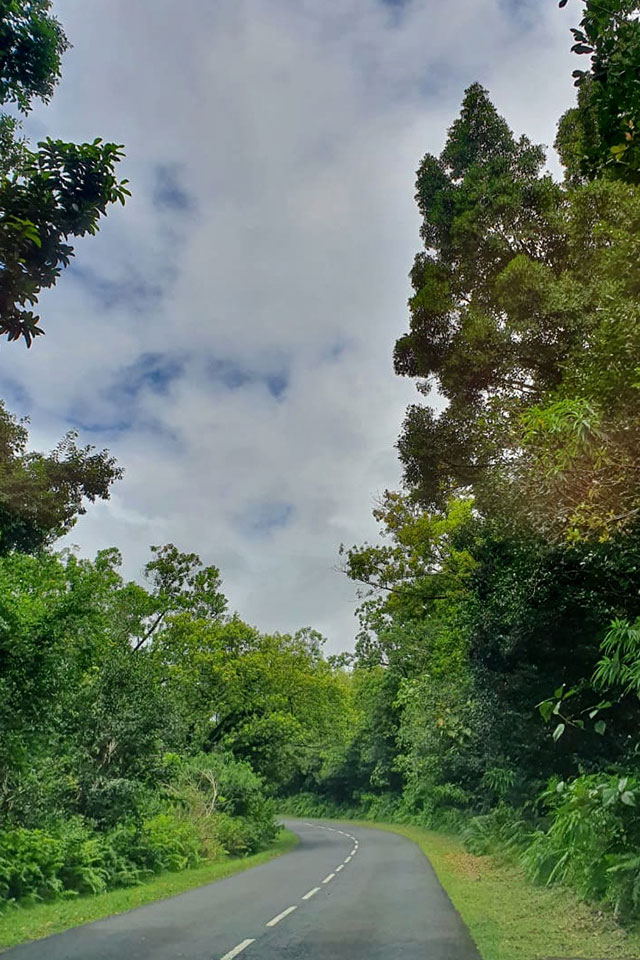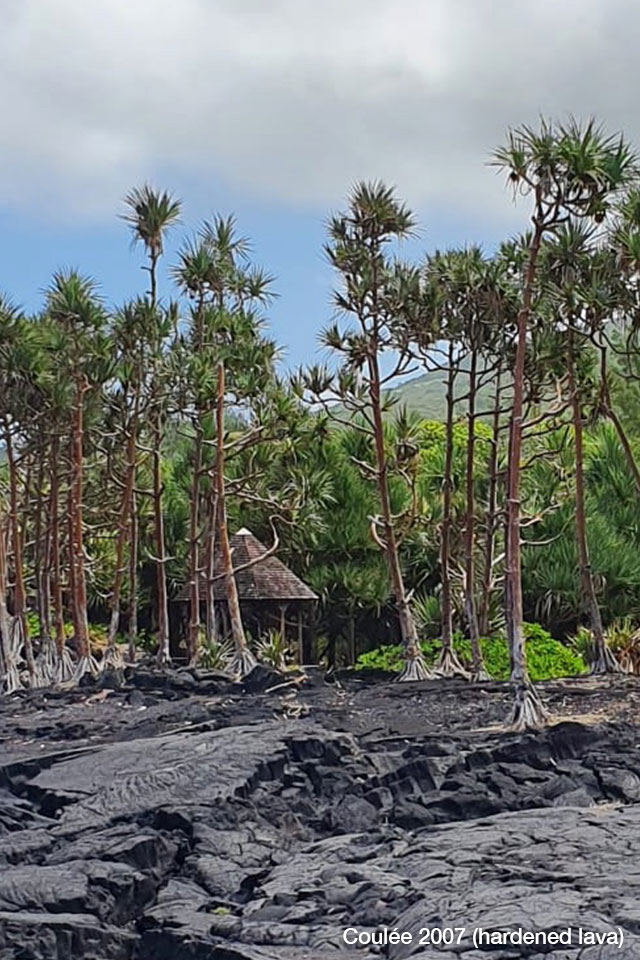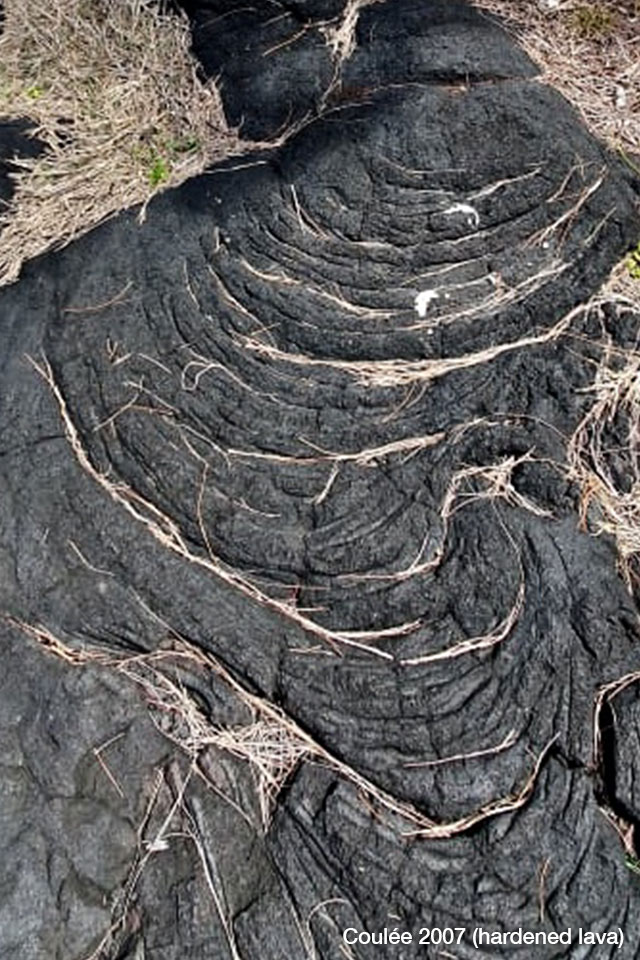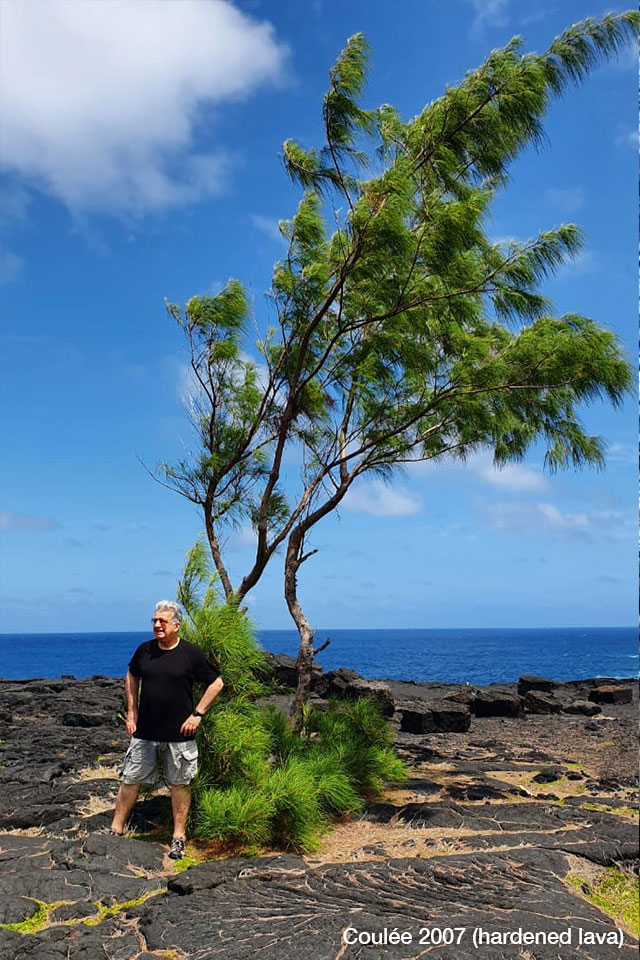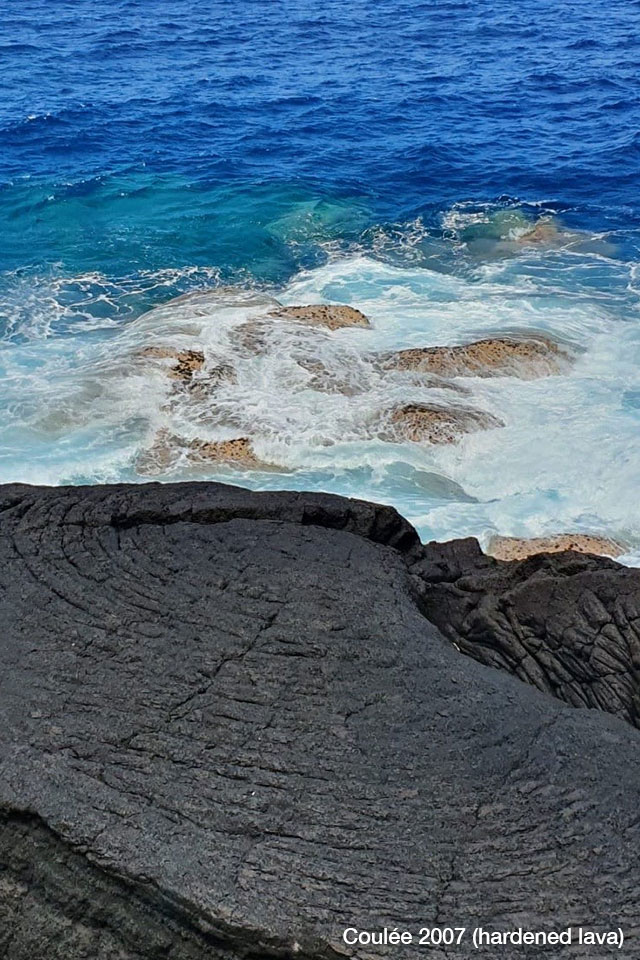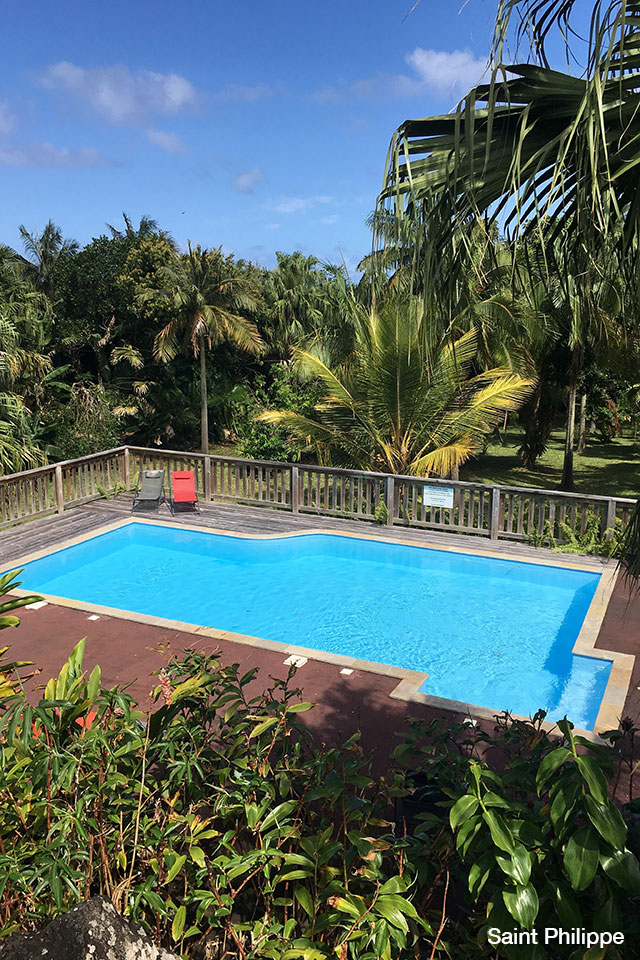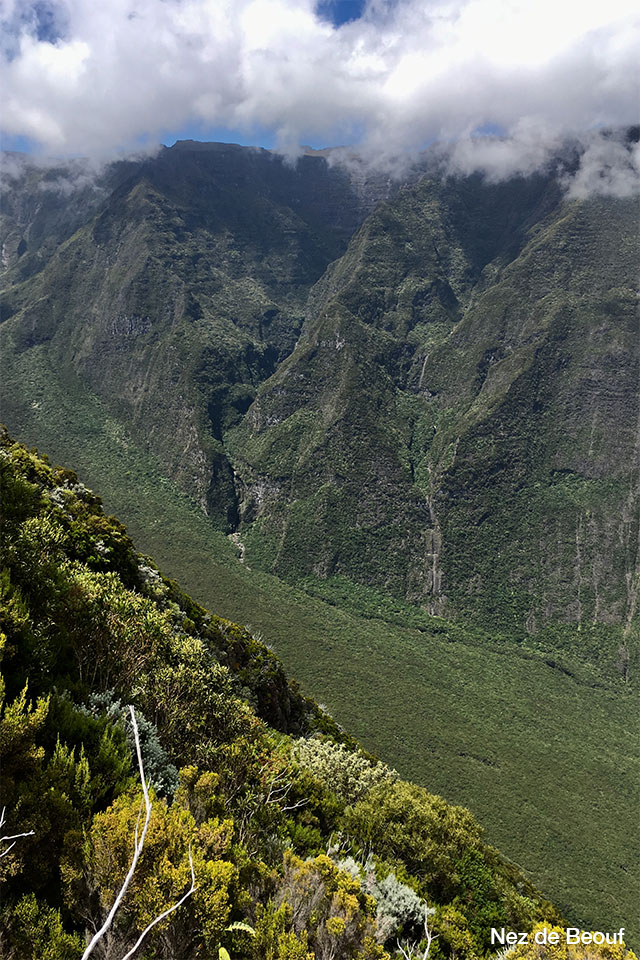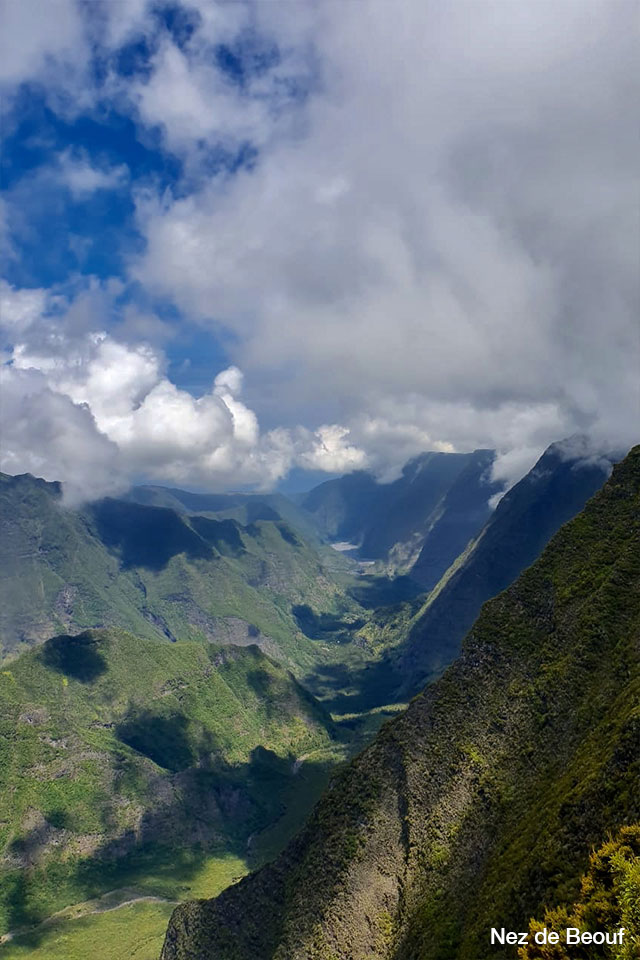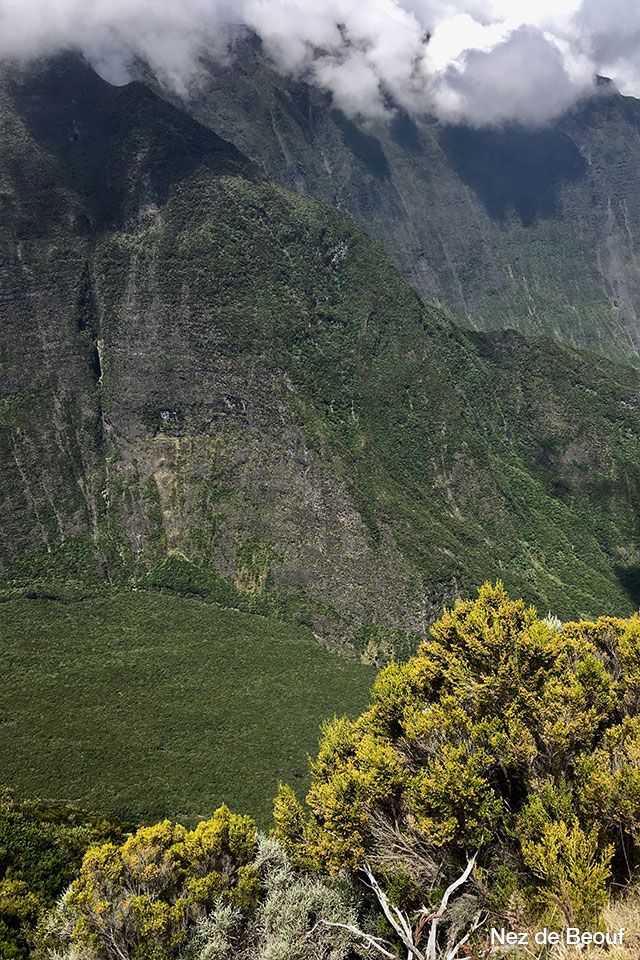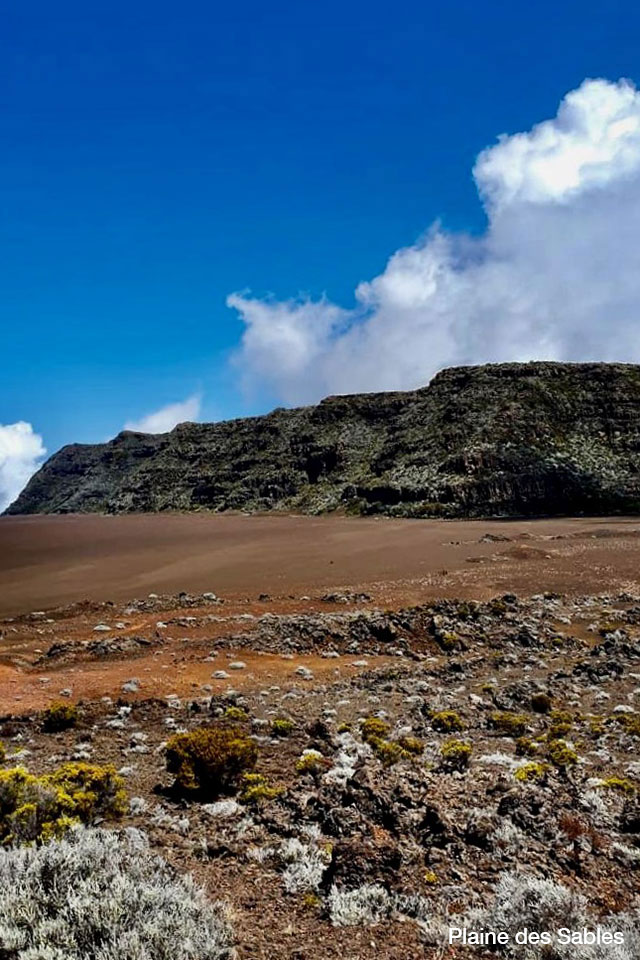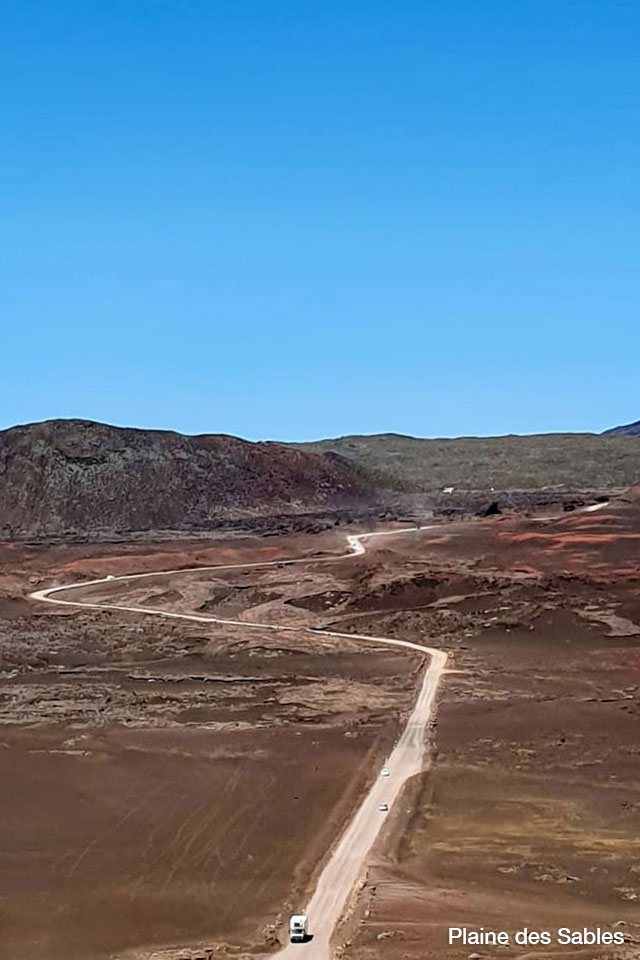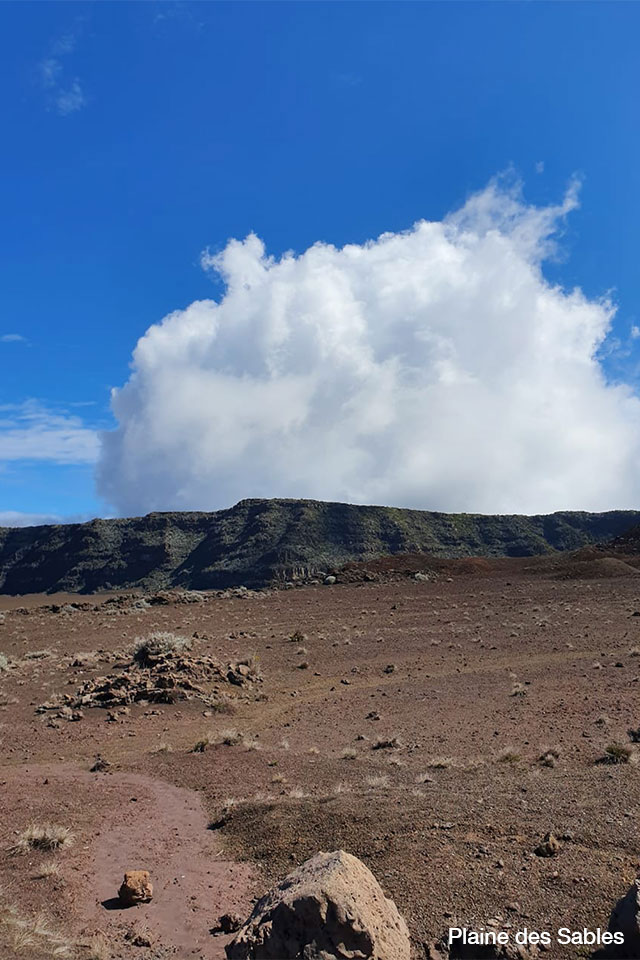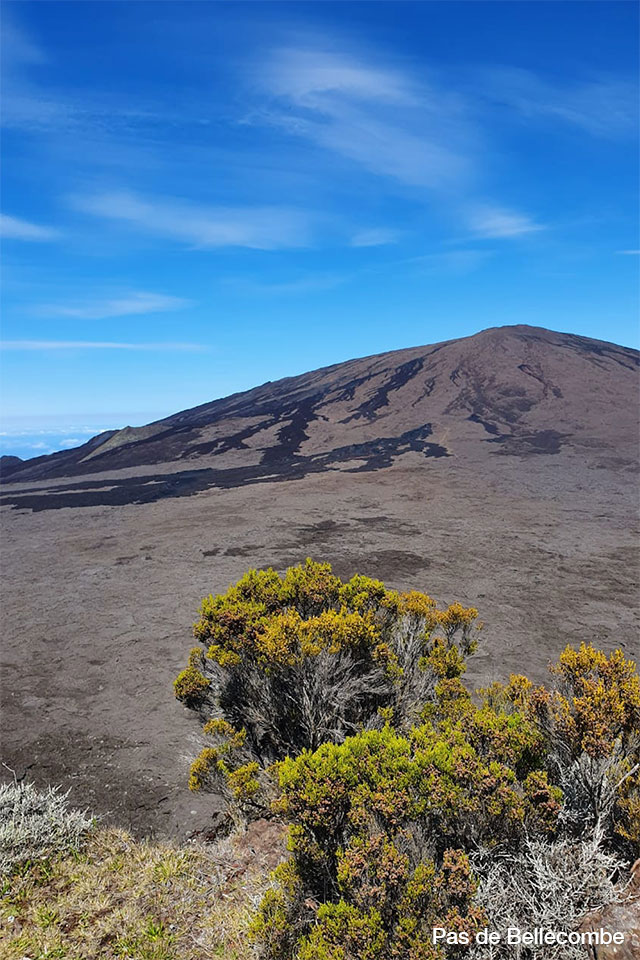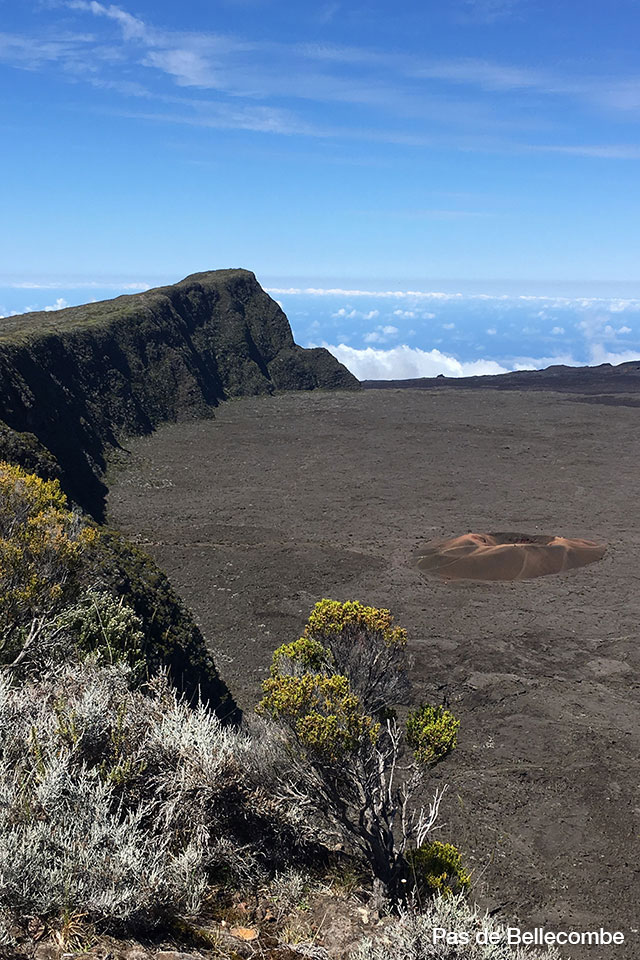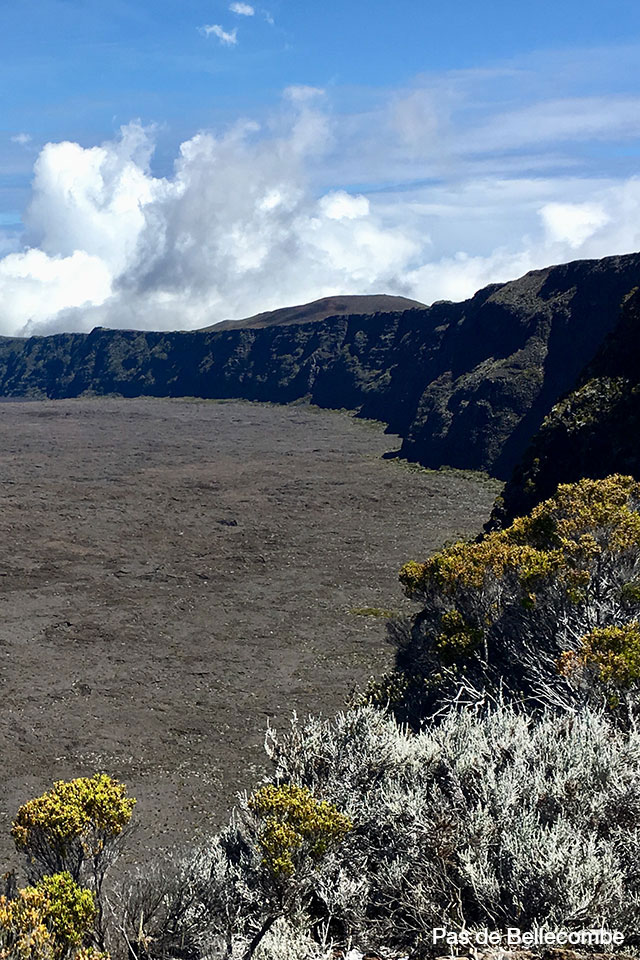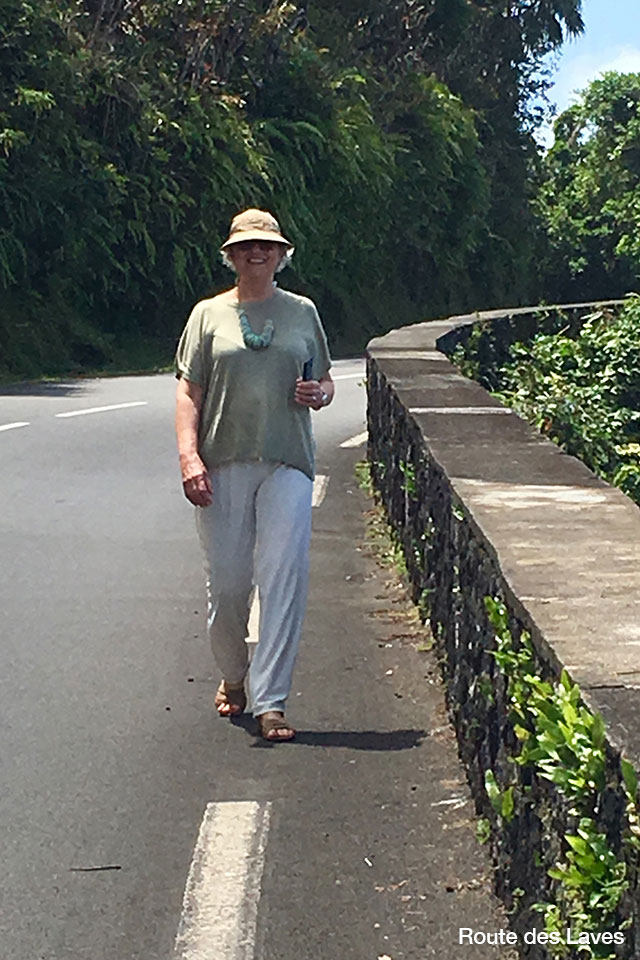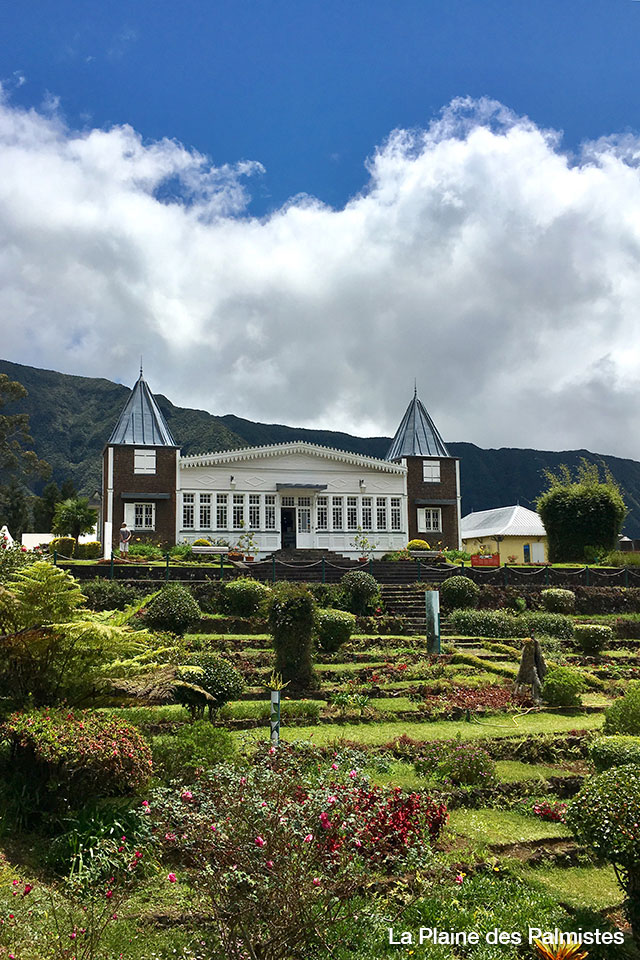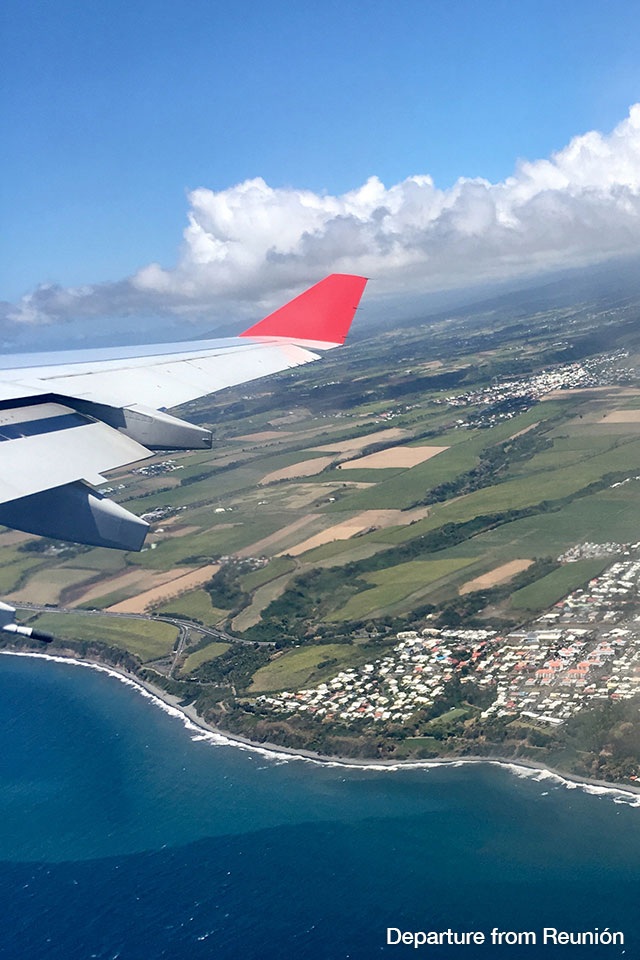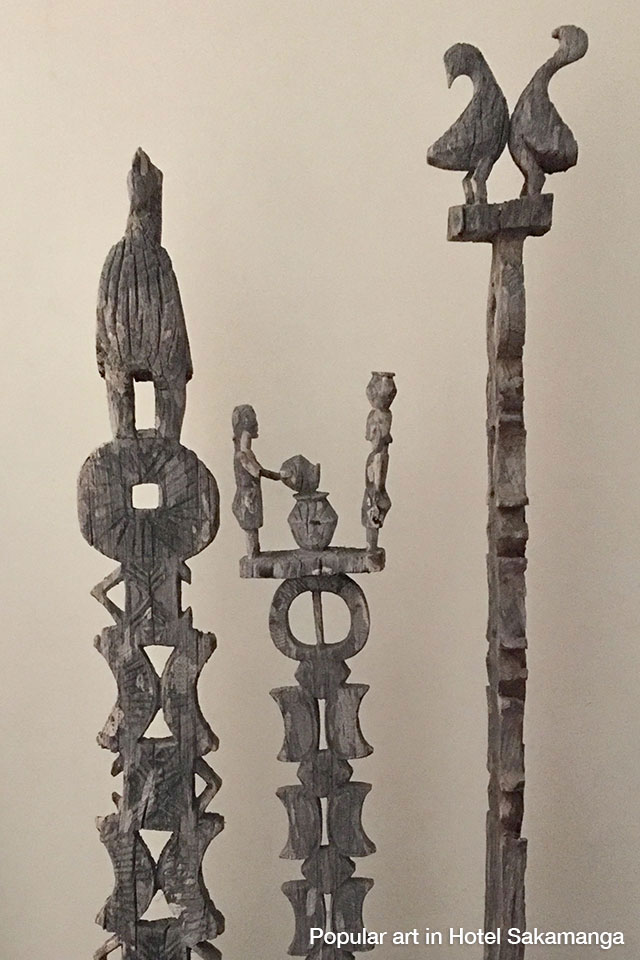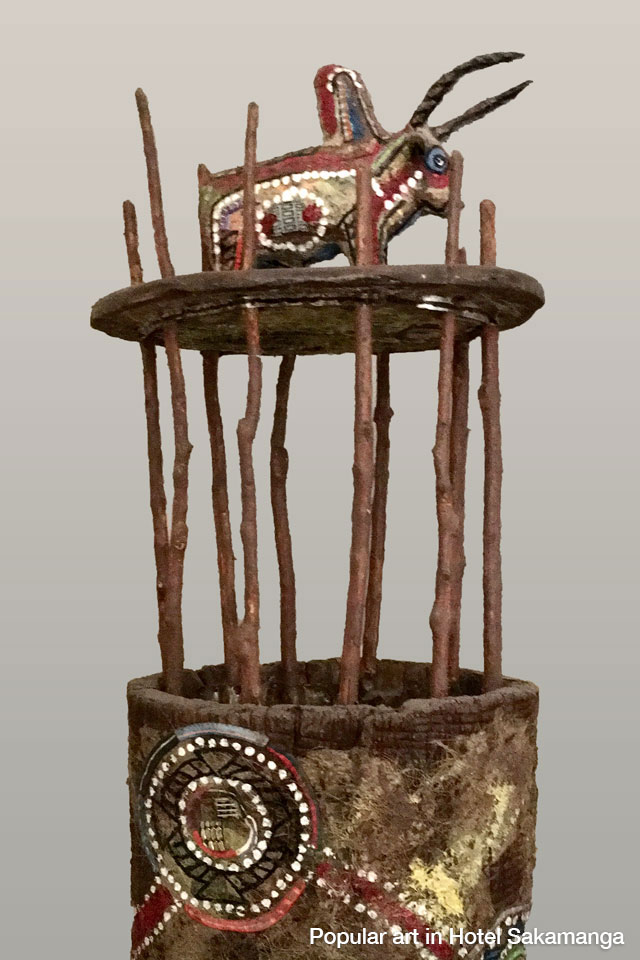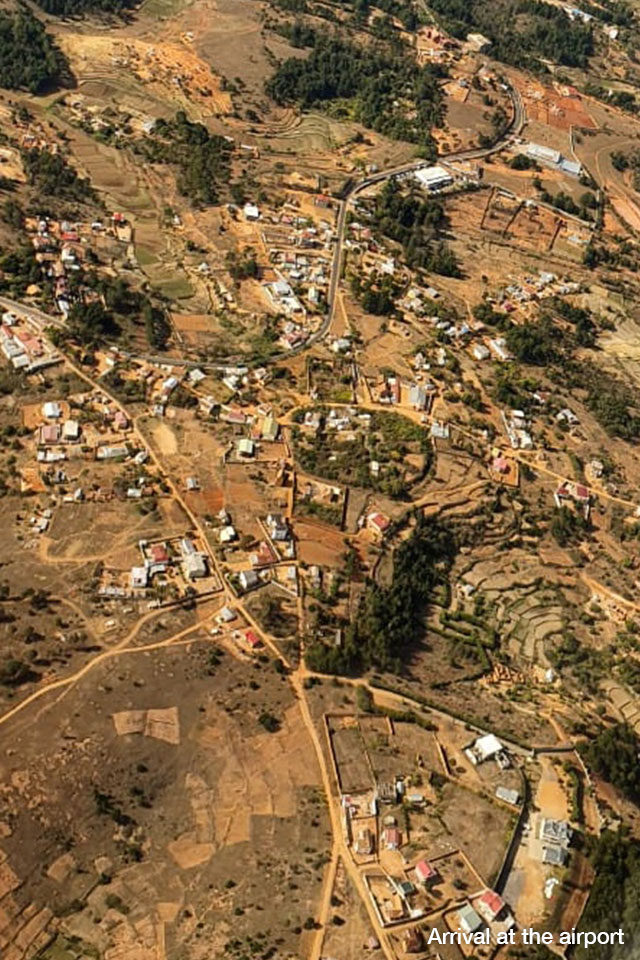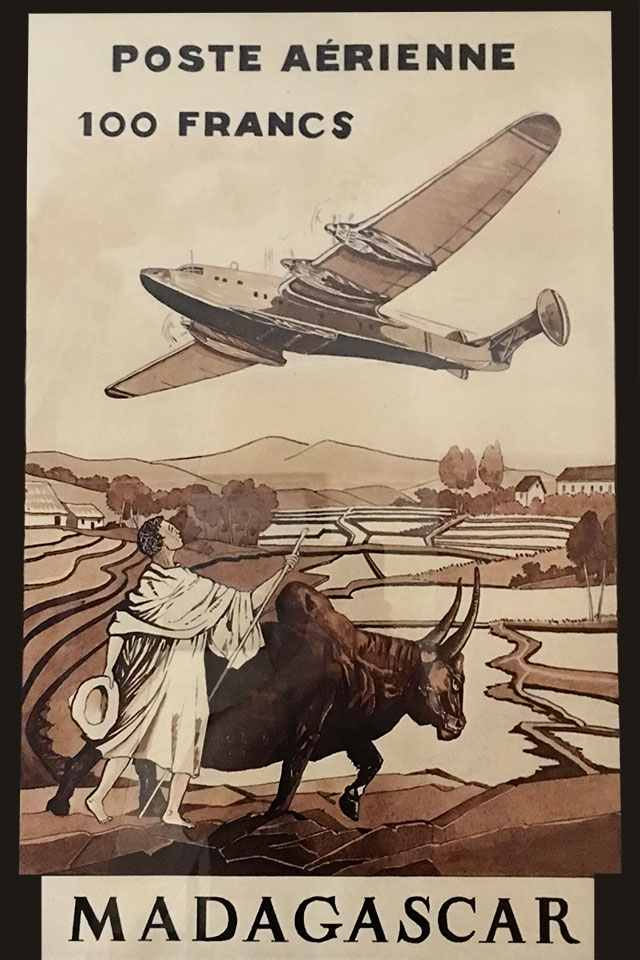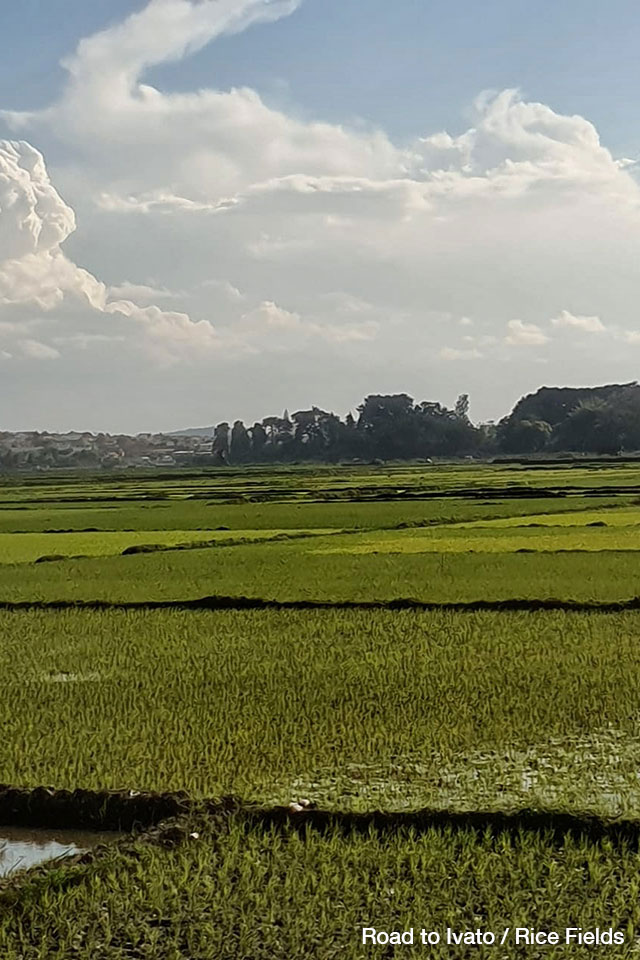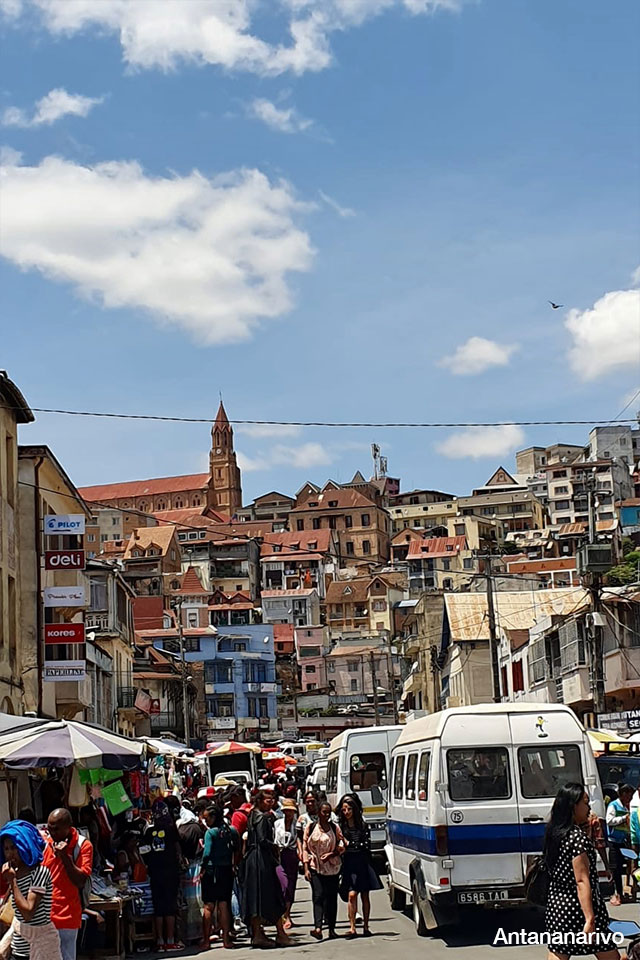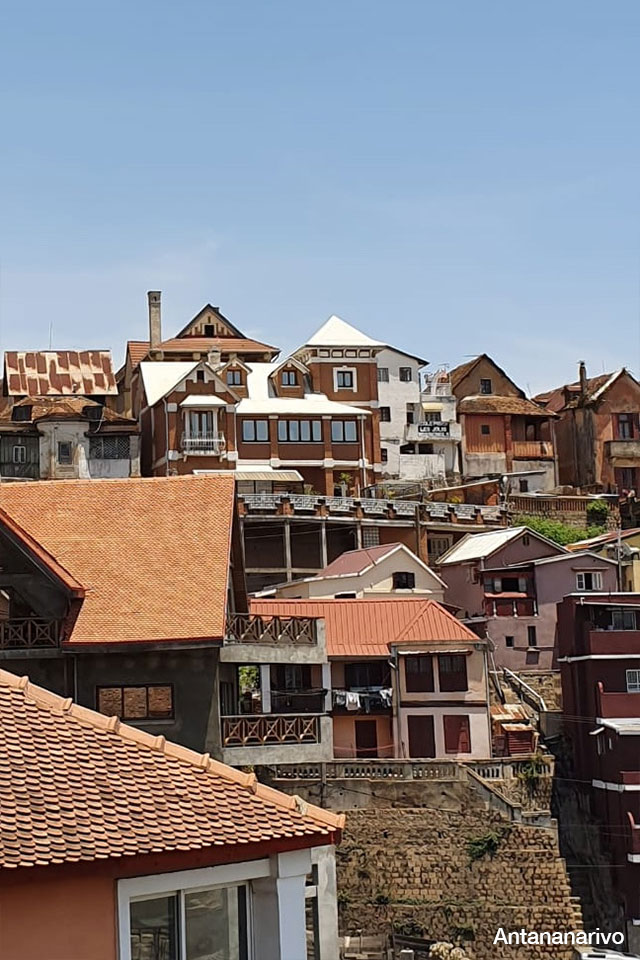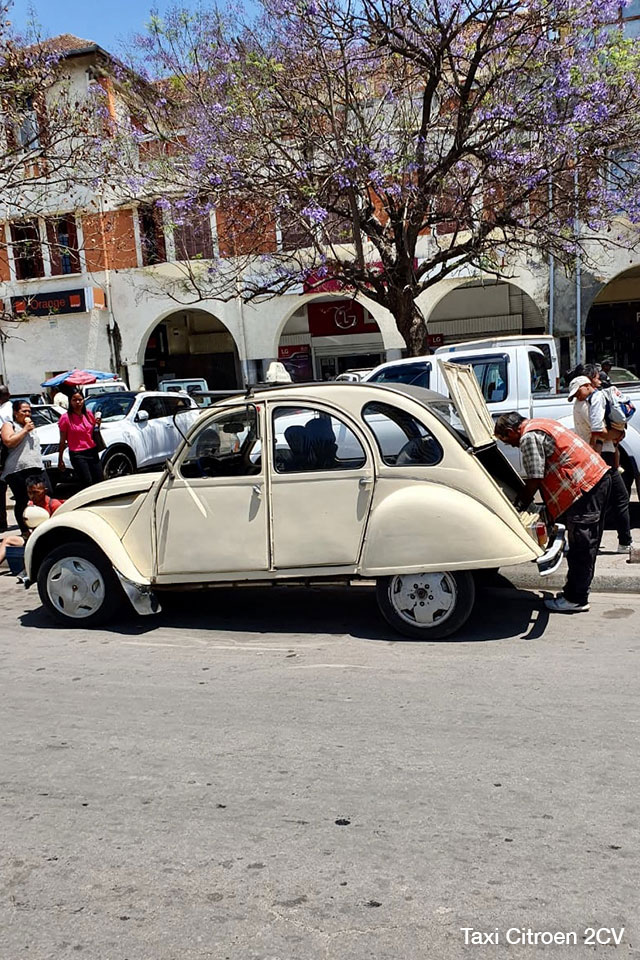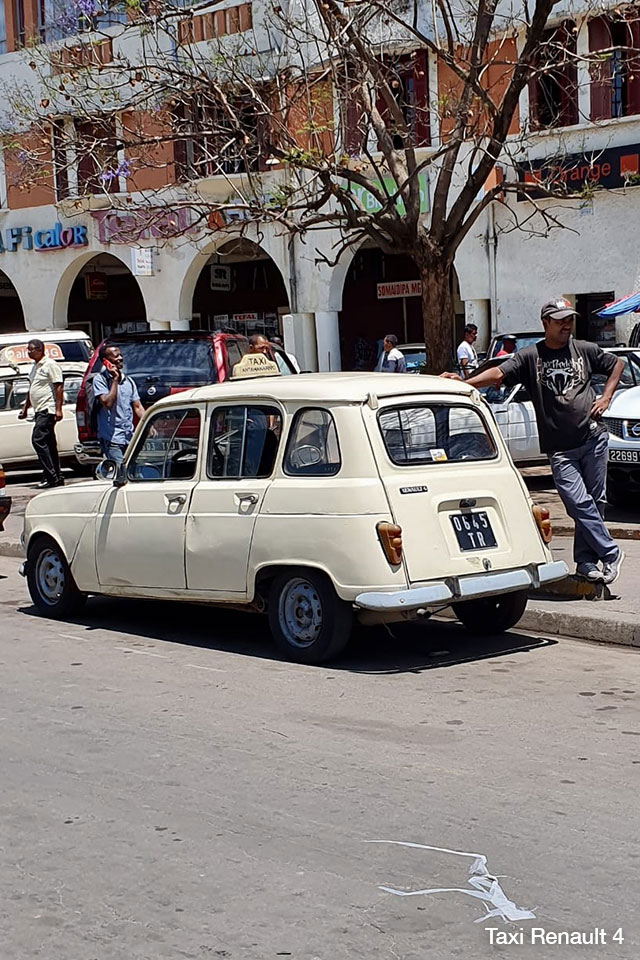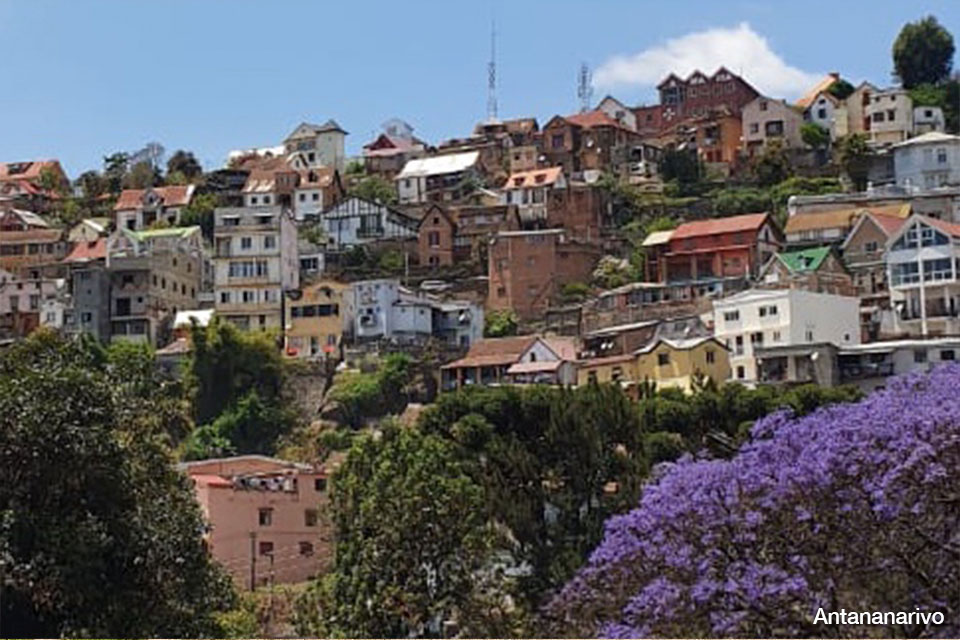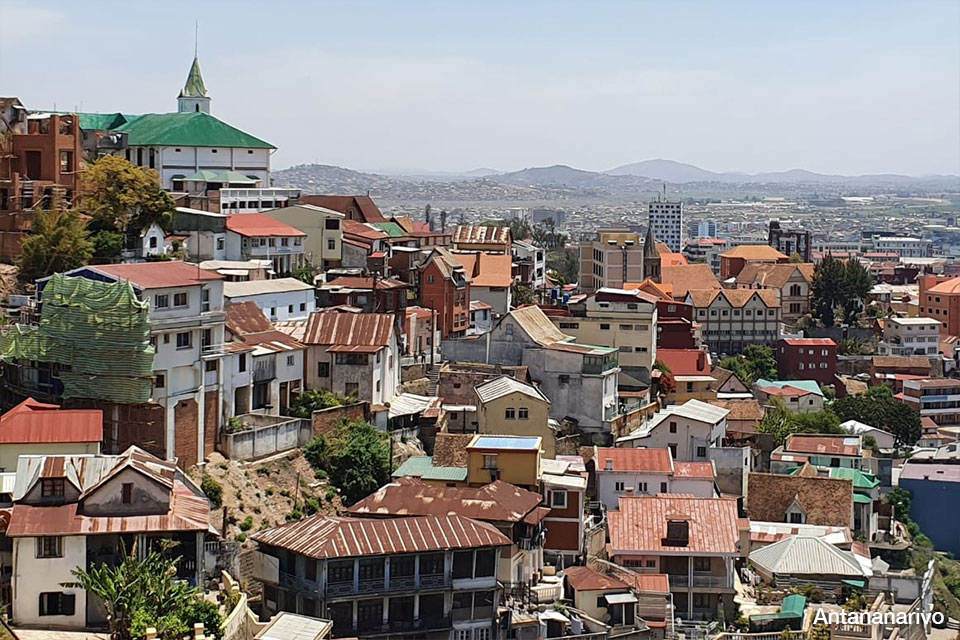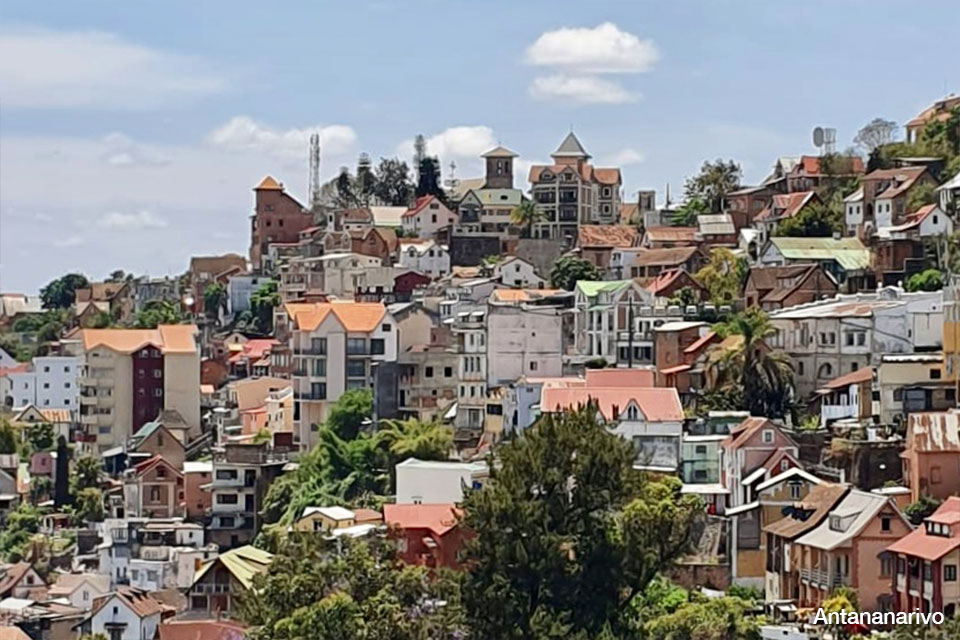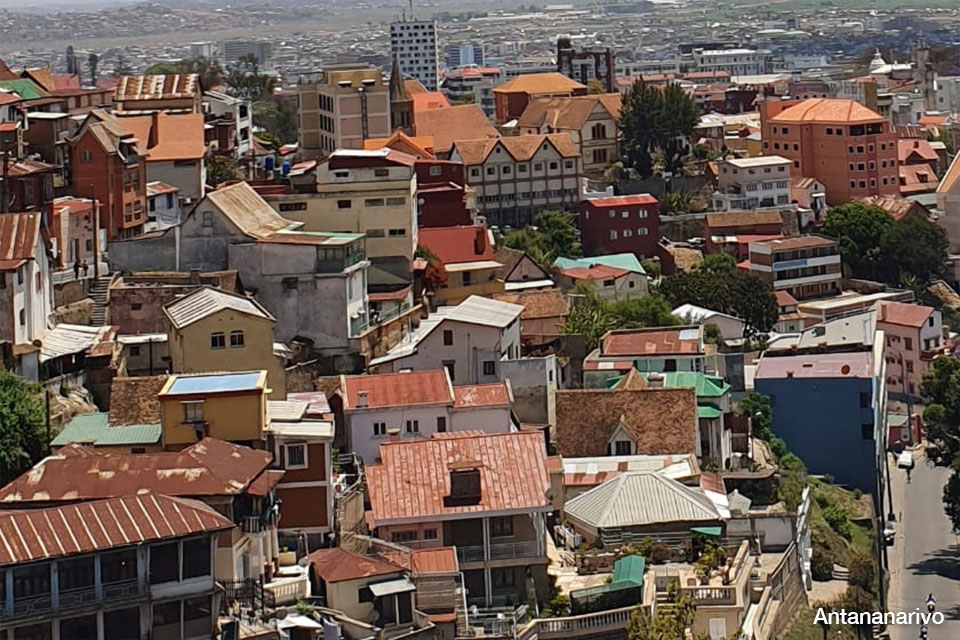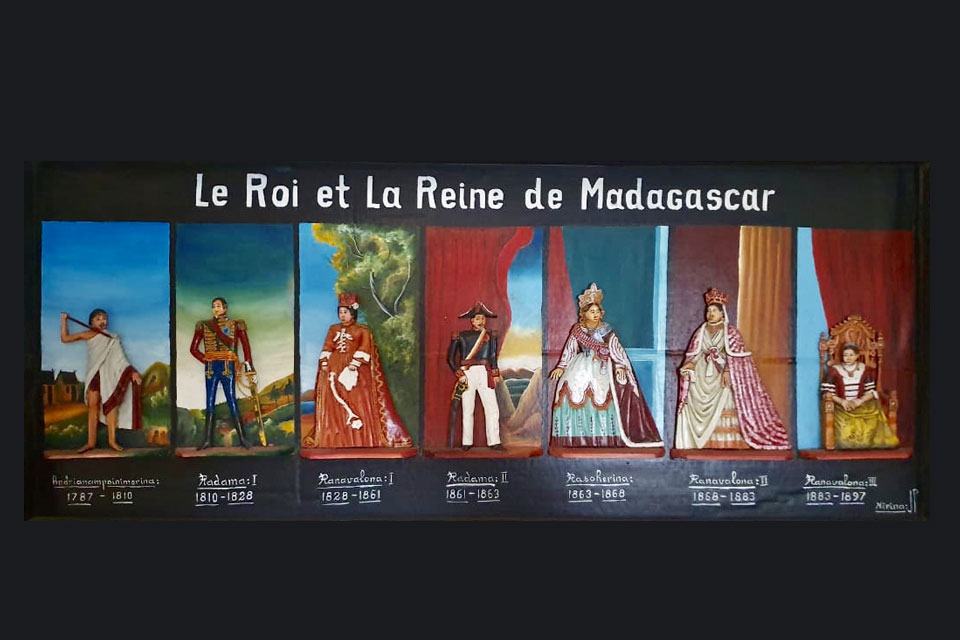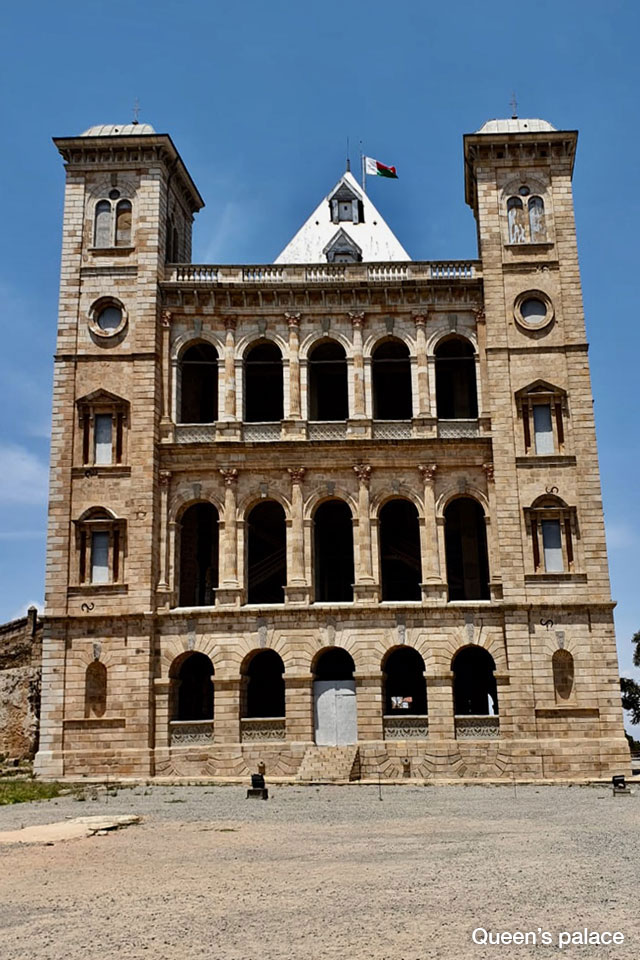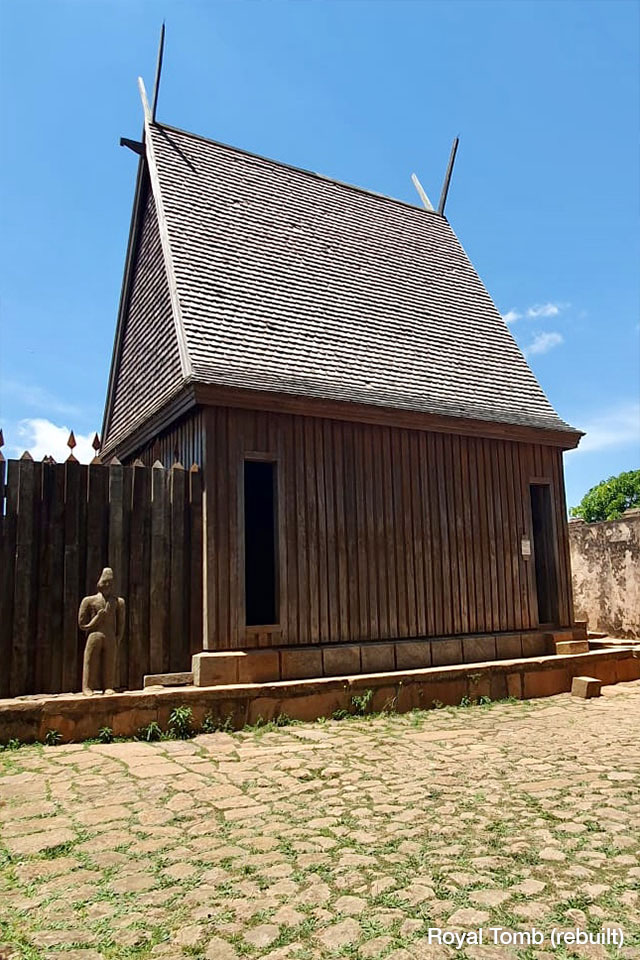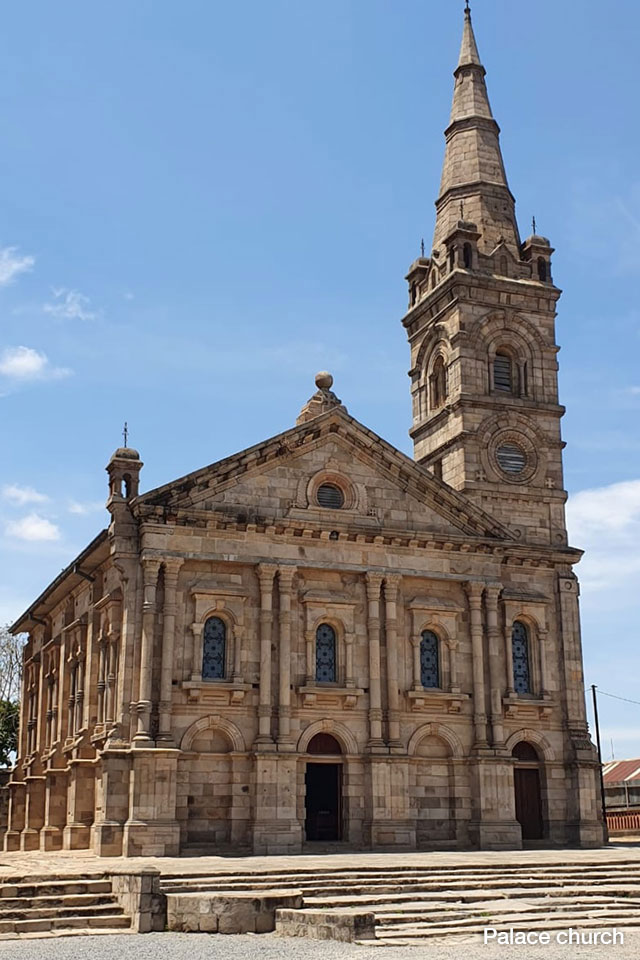A trip to a part of France in the Southern Hemisphere and to an exotic African capital: Antananarivo.

The island La Réunion and the visit to Antananarivo (the capital of Madagascar) were the stopovers of a journey we made in 2019 to the island of Mauritius and the island of Rodrigues, in the Indian Ocean. For us, Mauritius was quite predictable. Its coast is arranged for tourism (even with very high prices) with nice marine landscapes and several areas densely built. Rodrigues Island (that belongs to the Republic of Mauritius, located 620 km away) turned out to be quite less attractive than we expected. Perhaps the most interesting thing has been to reach that far away point, in the middle of the Indian Ocean. The best of this trip came out to be the stops. The first one was the island of La Réunion, were we first visited Saint-Denis (its capital) and then we did a circuit by car through the central area and the East of the island, staying each night at a different lodging.

The island La Réunion is an integral part of France and therefore belonging to the European Union, located at 9400 km away from Paris. The biggest attraction of the island are the mountains of more than 2500 m height, with their green valleys with waterfalls and tropical vegetation. There is also an important zone of fully active volcanoes, with fields of spread lava that gives the image of a lunar landscape. The last big volcanic eruption was in 2007 when the incandescent lava reached the sea on the East coast. Just for driving up the hill from the sea level up to the 2500 m high Piton de la Fournaise, well worth the trip to the island. In a while and in little kilometers traveled, the tropical vegetation disappears and the aridity of the volcanic landscape begins. The coast is beautiful but generally, there is too much wind and there are also warnings about the risk of being attacked by sharks if somebody tries to get into the open sea.

ANTANANARIVO
It was a great experience to spend a few days in Antananarivo, the Capital of Madagascar. It is a very poor place, with a population that is mostly undernourished. The traffic is absolutely chaotic and it takes half an hour (real) to advance less than a block. The fantastic thing about the city is its location in a valley surrounded by hills, completely built in the most diverse styles and finishings. The buildings on the hills are the zone with the richest population. There the weather is a little less stifling due to the breeze, that makes more bearable the high temperatures. We stayed in the middle of the city center, in the not at all luxurious but very particular “Hotel Sakamanga”. There we appreciated their ingenious architectural style and the fantastic collection of popular art, that was exhibited in the whole hotel.

On the highest hill of the city is the ancient palace of the kings of Madagascar, that the reigning dynasty commissioned to Europeans constructors around 1840. This dynasty governed the huge island from 1610 to 1895, being Ranavalona I the most famous queen, due to her extreme cruelty. The French started the colonization of the island in the century XVIII, celebrating trade agreements with the dominant caste and installing a colonial administration that lasted up to 1960 when Madagascar became independent. The country has today one of the highest poverty rates and indigence in the world and the island suffer uncontrolled deforestation. The palace complex was hit by a fire in 1995 and all its interior was destroyed. Nowadays it remains shut down and only its perimeter can be visited and appreciate it location on the hill that dominates the city.

